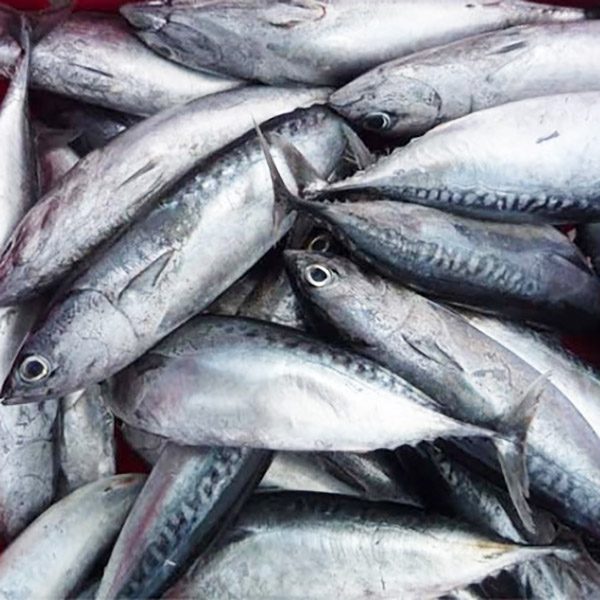Frozen Tuna
Frozen tuna is a popular choice for many recipes due to its versatility and rich flavor. Here’s a comprehensive guide to understanding and choosing frozen tuna:
Types of Frozen Tuna:
- Species:
- Albacore Tuna: Known for its mild flavor and lighter color, albacore is often used in canned tuna but is also available as a fresh or frozen steak.
- Yellowfin Tuna: Often referred to as ahi tuna, yellowfin has a deeper color and a more robust flavor. It is commonly used in sushi and sashimi.
- Bluefin Tuna: Prized for its rich flavor and high fat content, bluefin is often used in high-end sushi and sashimi. It’s also known for being more expensive.
- Bigeye Tuna: Similar to yellowfin but with a higher fat content, bigeye tuna is also used in sushi and sashimi.
- Cuts:
- Steaks: Frozen tuna steaks are cut into thick slices, ideal for grilling, searing, or pan-frying. They are typically about 1-2 inches thick.
- Sashimi: For sushi-grade applications, frozen tuna may be pre-sliced into thin pieces suitable for sashimi or sushi rolls.
- Chunks: These are smaller, cubed pieces of tuna that are often used in dishes like tuna salad or casseroles.
Grades and Quality:
- Sushi-Grade or Sashimi-Grade: This indicates that the tuna is of the highest quality and is safe to eat raw. Sushi-grade tuna is typically flash-frozen to kill parasites and preserve freshness.
- A, B, C Grades: These grades can refer to the quality of the fish. Grade A is typically the highest, with the best appearance, texture, and flavor.
Preparation and Usage:
- Thawing:
- Refrigerator Thawing: Place the frozen tuna in the refrigerator for several hours or overnight.
- Cold Water Thawing: For a quicker method, place the sealed tuna in cold water, changing the water every 30 minutes until thawed. Avoid using hot water as it can affect the texture.
- Cooking:
- Searing: Tuna steaks are often seared for a few minutes on each side, leaving the center rare. Season with salt, pepper, and other desired spices.
- Grilling: Tuna can be grilled directly over medium-high heat, usually for a few minutes on each side.
- Pan-Frying: Lightly coat the tuna in oil or breadcrumbs and pan-fry until cooked to your liking.
- Raw Preparation:
- Sushi/Sashimi: Ensure that the tuna is labeled sushi-grade. Keep it cold and handle it with clean utensils to avoid contamination.
- Marinating: Marinate raw tuna in soy sauce, citrus, or other marinades for added flavor.
Storage:
- Freezer: Keep tuna frozen until you’re ready to use it. Properly packaged tuna can last in the freezer for up to 6-12 months. Ensure the packaging is airtight to prevent freezer burn.
- Refrigerator: Once thawed, use tuna within 1-2 days for best quality. Store it in a covered container in the refrigerator.
Sustainability:
When buying frozen tuna, consider sustainable options. Tuna populations are affected by overfishing, so look for tuna that is certified by organizations such as the Marine Stewardship Council (MSC) or the Seafood Watch program for responsible fishing practices.
Health Benefits:
Tuna is rich in protein, omega-3 fatty acids, vitamins (such as B12), and minerals like selenium. It’s a heart-healthy choice that can be incorporated into a balanced diet.
Frozen tuna is a versatile ingredient that can enhance a variety of dishes, from casual meals to gourmet recipes. By selecting high-quality, sustainably sourced options, you can enjoy the best of what tuna has to offer.





